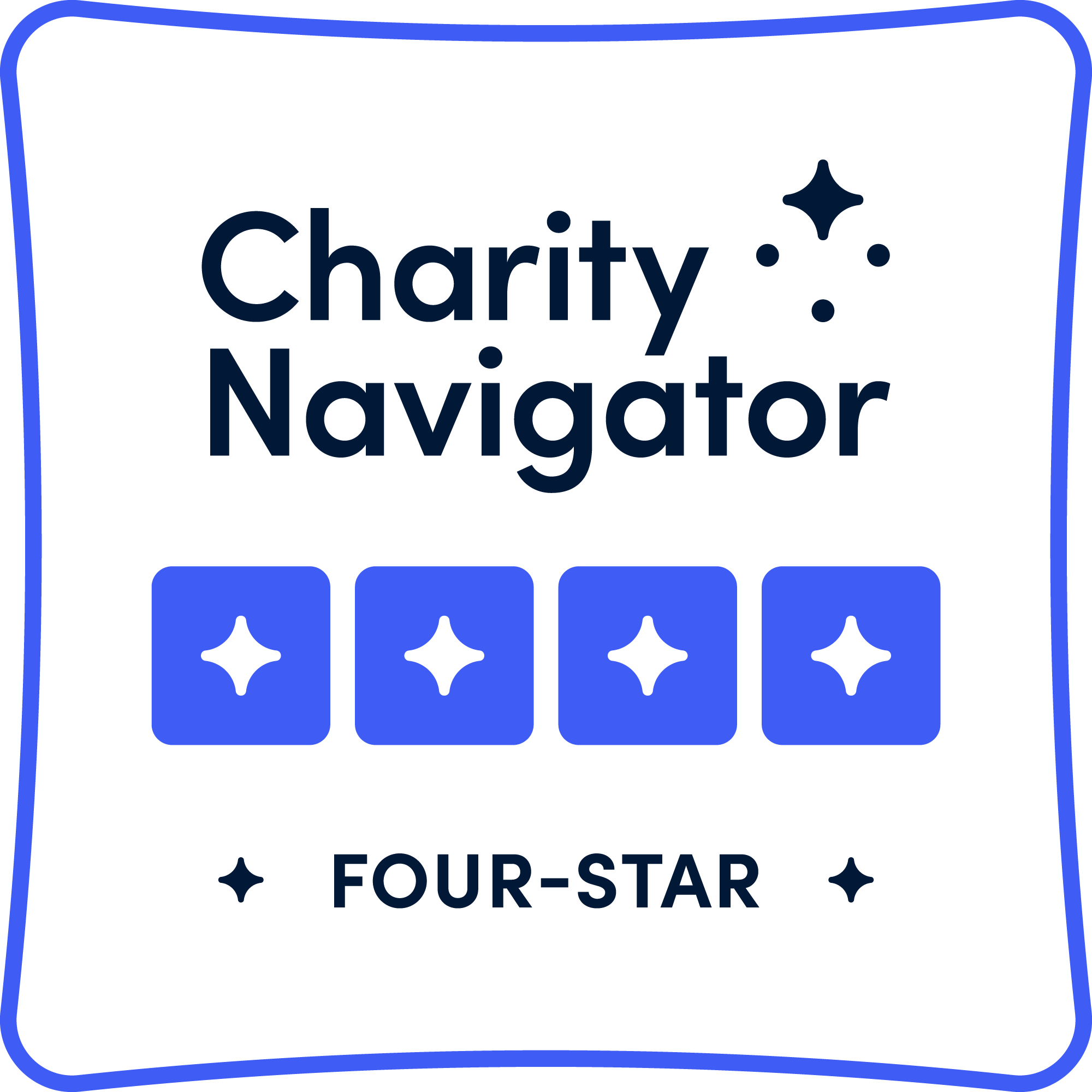Conditions of Success: Common Agenda
As of November 1, 2020, National Veterans Intermediary (NVI) is called the Local Partner Network. Older content may reference our original name.
In our blog “Collaborating for Impact,” we discussed the five conditions for Collective Impact success. For the next couple of weeks, we’ll devote a blog to each condition of success, exploring what each condition means when applied to the work of Veteran collaboratives.
First Things First
A common agenda is the first condition of success laid out for us in Kania and Kramer’s foundational 2011 Stanford Social Innovation Review article. How do the authors define “common agenda?” Let’s take a look:
“Collective impact requires all participants to have a shared vision for change, one that includes a common understanding of the problem and a joint approach to solving it through agreed upon actions…”
Defining the problem at hand is easier said than done, and it involves answering a lot of questions. These are just a few:
- How do we define our community?
- What problem are we solving?
- What is the scope of the problem?
- What data is informing our understanding of the problem?
- What data is missing?
Arriving at a shared understanding takes time, trust, and a shared vocabulary. Shared agenda development is not a one-meeting issue.
Each collaborator views the problem at hand through a unique lens. Kania and Kramer warn that fractures in a shared vision can “[undermine] the impact of the field as a whole.” How can collaboratives put aside their differences to avoid undermining their shared work?
Collaborators can talk out differences of opinion; we may even find that we’re saying the same thing in a different language. Collaboratives can also focus on action-oriented framing in discussing the problem. It’s OK if not all participants agree on every term at a philosophical level. It is important to agree to a functional working definition of a problem, and who/what/when/where is included in that definition. The beauty of Collective Impact is that the why and how can differ for each collaborator.
Let’s take, for example, our common agenda at NVI:
“The National Veterans Intermediary will harness, support and amplify the efforts of government agencies, local communities, collaboratives and Nonprofit providers to improve outcomes for Veterans within and across all communities.”
At the core of our common agenda is that Veterans can access services easily and more efficiently with improved outcomes within and across communities. We’ll do that by amplifying your work, and sharing your common agenda so that other communities may learn from it. We’re also working toward a shared national lens on Veteran collaboratives by collecting, analyzing, and sharing valuable ecosystem data.
Do you represent a Veteran collaborative that wants to learn and grow with us (and our 65+ Local Partners)? Join our email list to learn more.









